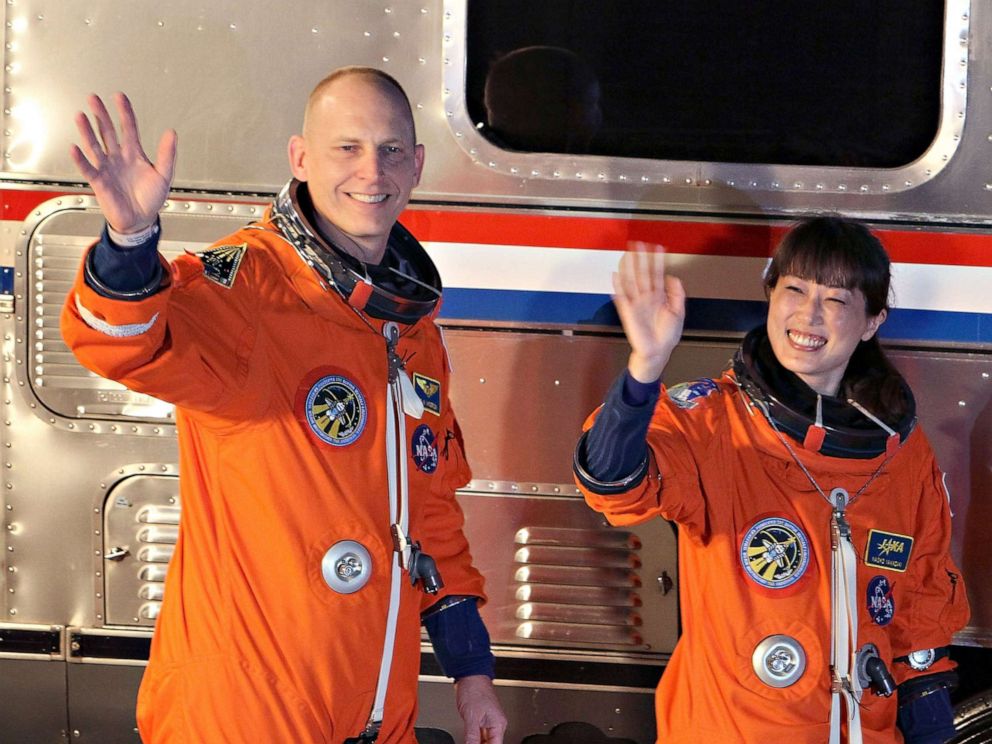For this former astronaut, the 15th time was the charm
NASA is accepting astronaut applications for the first time in four years.
For the first time in four years, NASA is accepting astronaut applications.
Ideal applicants typically have an academic background that includes STEM subjects -- science, technology, engineering, mathematics -- plus experience as a pilot, a doctor, a physicist or an engineer.
But one of thing omitted from the job listing goes without saying: perseverance.
"I tried 15 times," said retired astronaut Clayton Anderson. "And I was denied acceptance until the 15th time, so perseverance is a big deal, I think, for anyone who wants to do this."
Anderson was selected as a candidate in 1998. He logged 38 hours over six spacewalks and spent more than 150 days at the International Space Station during a five-month tour of duty.
He joined ABC News' Cheri Preston on the "Perspective" podcast to talk about the process of becoming an astronaut.
"I tell people all the time, applying to be an astronaut is easy," Anderson said. "Getting selected is hard."

Anderson graduated cum laude with a bachelor's degree in physics from Hastings College, Nebraska, before earning a master's in aerospace engineering from Iowa State University.
NASA, Anderson added, casts a wide net in its search for astronauts.
"NASA looks for diversity. NASA looks for a lot of different skillsets," he told ABC News. "No one is Mark Watney from 'The Martian.' I know a lot of really good astronauts, but there ain't no Mark Watneys among them. So you have to find people that you can put their skills together and make a solid team."
Perhaps most important, you need people skills.
According to NASA, the average expedition to the ISS lasts about six months. In such close quarters, things can get tense.
"It's like your office environment or like your recreational basketball team," Anderson added. "It's like all of those environments except now put yourself in a vehicle that you can't get out of."
During Anderson's mission to the ISS, he lived and worked with Russian cosmonauts Oleg Kotov and Fyodor Yurchikhin for five months. He said he learned to work with them despite something of a language barrier.
"No matter how smart I think I am, there's no way I was going to know as much about the Russian side of the vehicle as they did," Anderson said. "That's part of that teamwork. When you get international people together, the game changes."
Listen to the rest of Anderson's interview and other full episodes of "Perspective" here.




